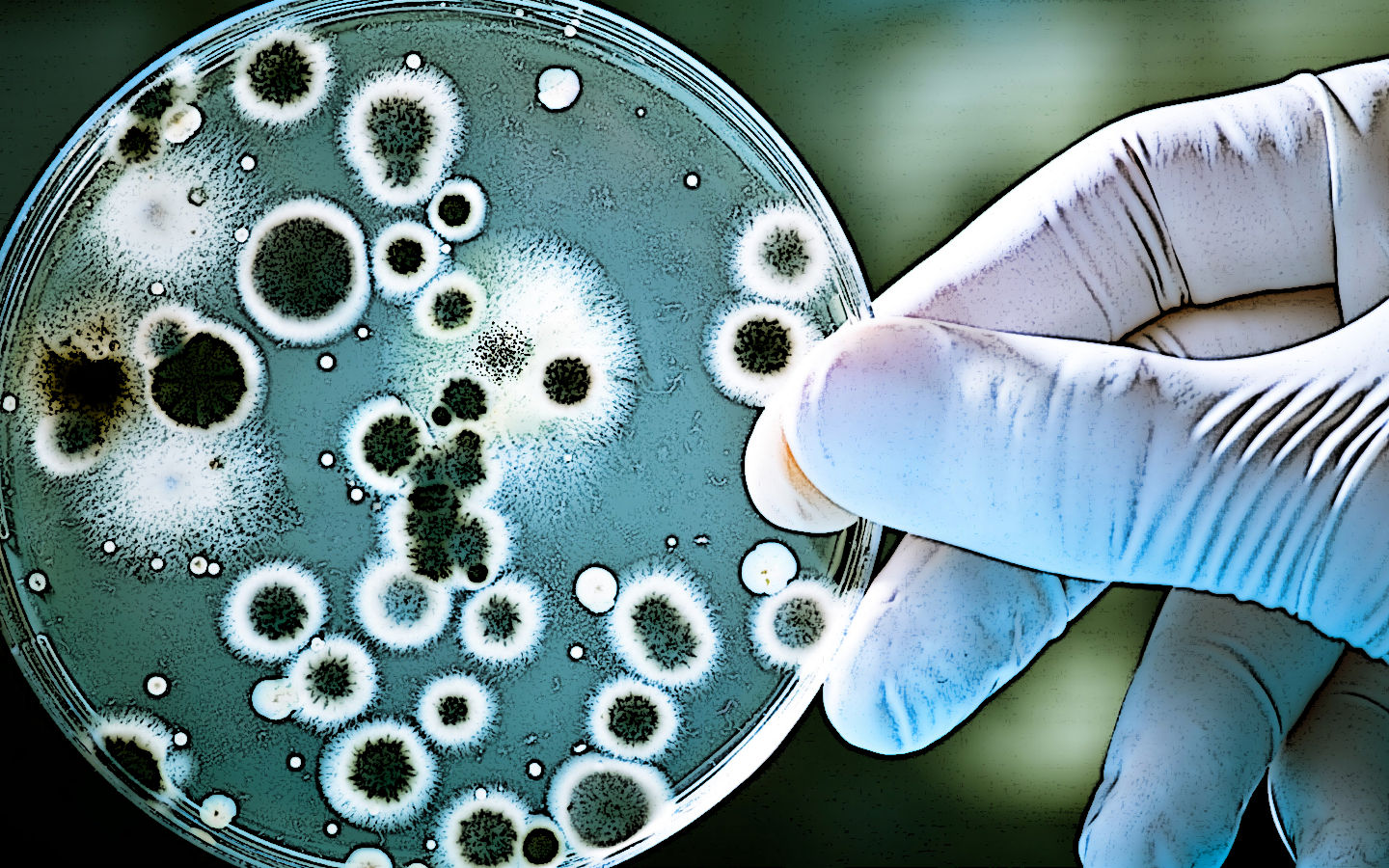Biotechnology is technology based on biology, more so when used in agriculture, food science, and medicine. It is also used often to refer to genetic engineering technology.
Before the 70s, the term was mostly used in the food processing and agriculture industries. Later it began to be used by the Western scientific establishment to describe laboratory-based techniques involved in biological research, like recombinant DNA or tissue culture-based processes etc. Biotechnology is a mix of many disciplines like genetics, molecular biology, biochemistry, and embryology and cell biology. These are again linked to practical disciplines like chemical engineering, information technology, and bio robotics.
The cultivation of plants was perhaps the earliest biotechnological activity. Through this, farmers could select the most suitable and highest-yield crops to produce enough food. Other uses of biotechnology were needed when crops and fields became bigger and harder to maintain. Certain organisms and organism byproducts were used to fertilize, restore nitrogen, and kill pests.
ADVERTISEMENTS:
Farmers have unwittingly modified the genetics of their crops by introducing them to new environments and breeding them with other plants. This was one of the earliest forms of biotechnology. In some cultures like Mesopotamia, Egypt, and India, brewing beer was common and it was also an early application of biotechnology. Other cultures invented the process of Lactic acid fermentation, still considered to be one of the first biotechnological processes.
Combinations of plants and other organisms were used as medicine in many early civilizations. Even in 200 BC, people were using disabled or tiny amounts of infectious agents to immunize themselves against infections. Such processes have been refined in modern medicine to produce antibiotics, vaccines, etc.
Modern biotechnology is thought to have begun on June 16, 1980. On this day the United States Supreme Court ruled that a genetically-modified microorganism could be patented in the case of Diamond V. Chakrabarty. Indian – born Ananda Chakrabarty, an employee of General Electric, had developed a bacterium which could break down crude oil. He planned to use it for treating oil spills.
ADVERTISEMENTS:
The increasing demand for bio fuels like ethanol spells good news for the biotechnology industry. Thanks to biotechnology, the U.S. farming industry could produce more corn and soybeans, needed for making bio fuels. This was made possible by developing genetically – modified seeds which are resistant to pests and drought.
Biotechnology has applications in four major industrial areas, including health care, agriculture, non-food (industrial) uses of crops and other products (e.g. biodegradable plastics, vegetable oil, bio fuels), and environmental uses. One application of biotechnology is the directed use of organisms for the manufacture of organic products (like beer and milk products). Another is using naturally present bacteria by the mining industry in bioleaching.
Biotechnology is also used to recycle, treat waste, cleanup sites contaminated by industrial activities (bioremediation), and also to produce biological weapons. There are several branches of biotechnology like Bioinformatics, Blue biotechnology (the marine and aquatic applications of biotechnology), Green biotechnology (applied to agricultural processes), Red biotechnology (applied to medical processes) white biotechnology or industrial bio technology, is biotechnology applied to industrial processes.

